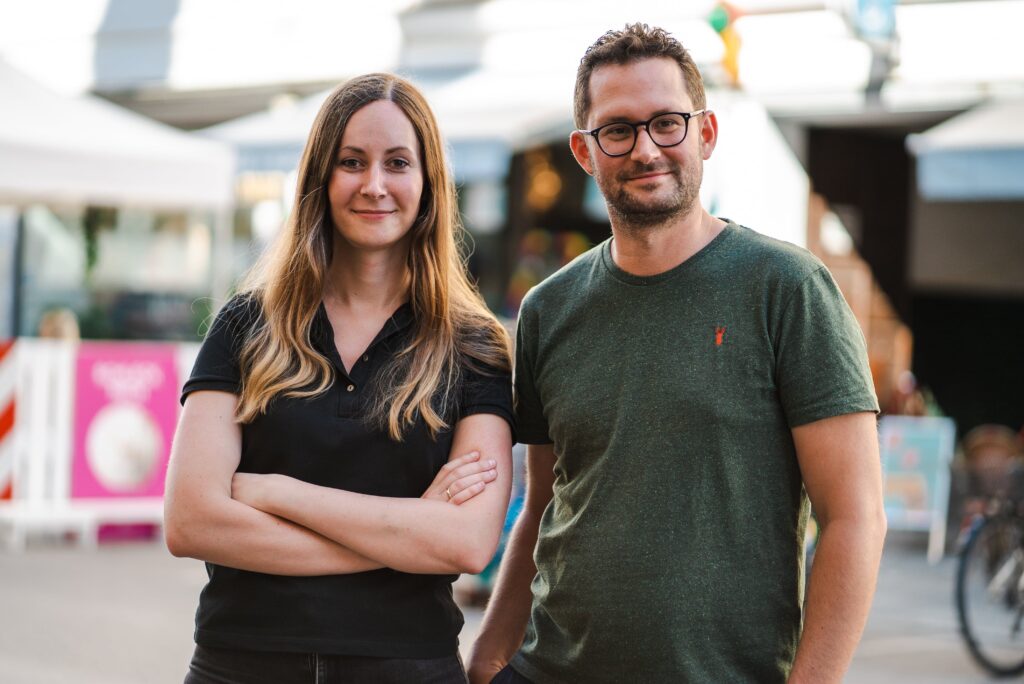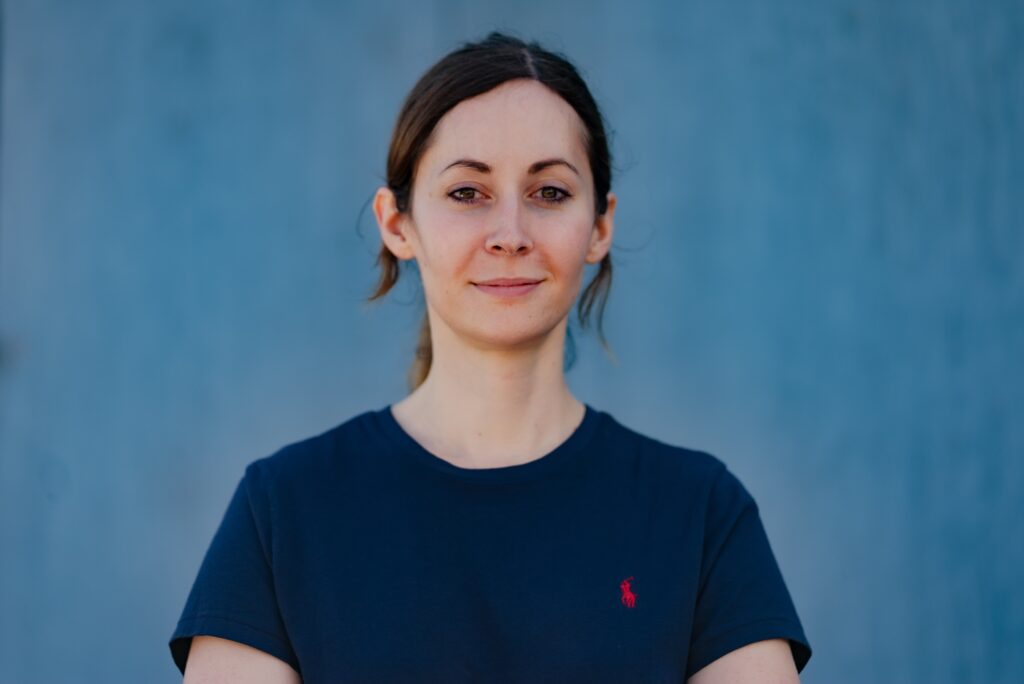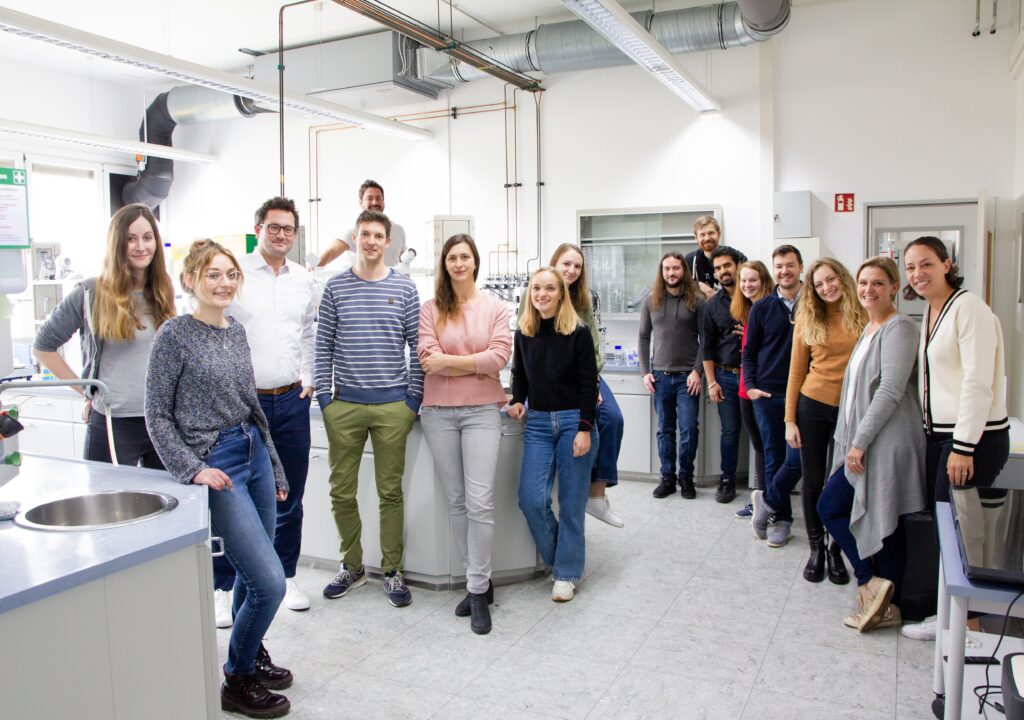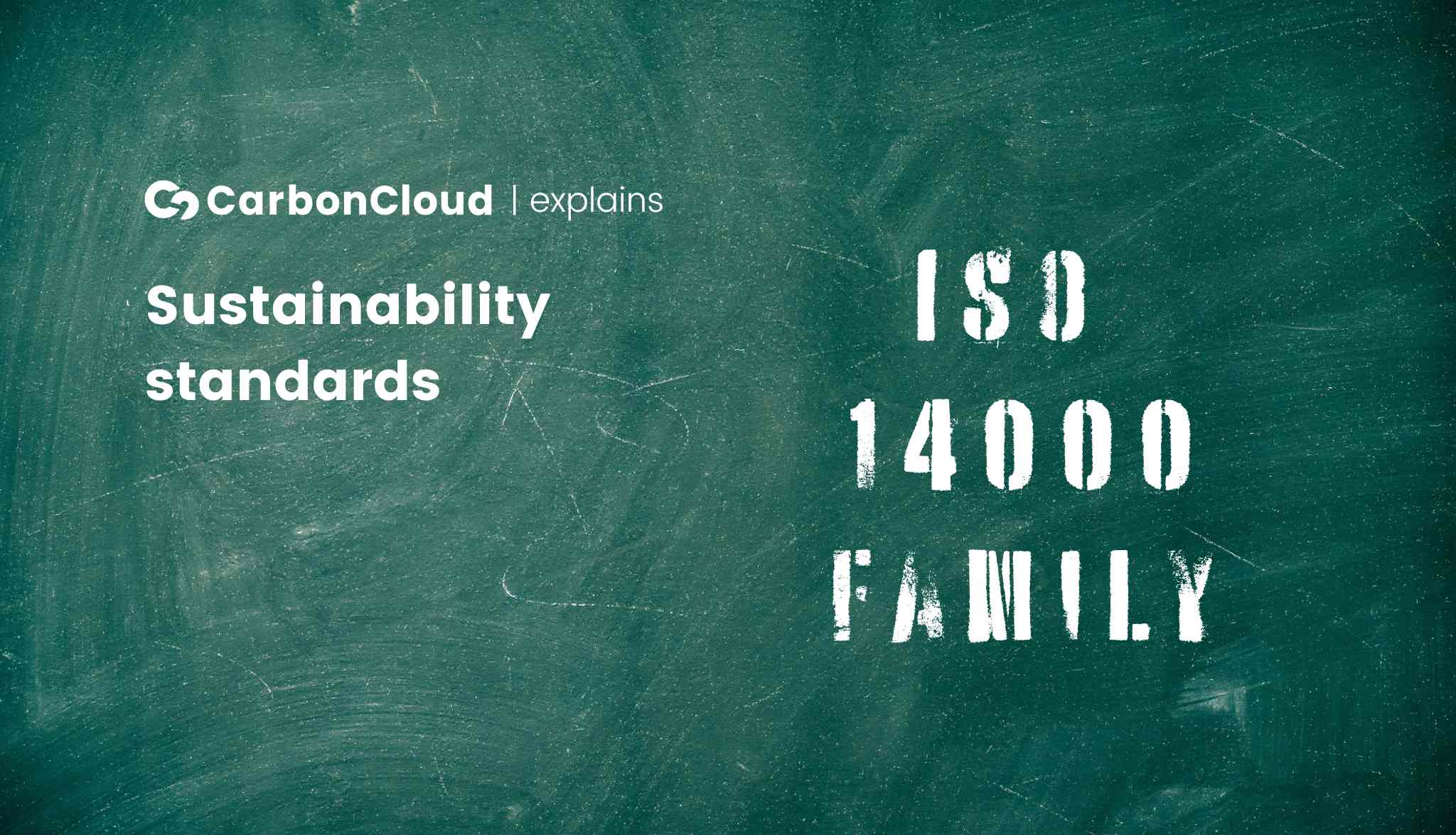Planet A Foods sells 92% CO2e savings – and the food industry is buying
One could say that Planet A Food’s main product is CO2 savings. One could say that, if Planet A Food’s flagship product, Nocoa, wasn’t taking over the confectionery world. Planet A Food’s oat fermentation ingredients stand as equals next to cocoa butter and cocoa powder – and the largest confectionery companies globally agree. However, Planet A Foods has an irrefutable advantage: 92% less CO2e emissions.
Planet A Foods was created in 2020 by siblings Dr. Sara Marquart, a seasoned food chemist, and Dr. Maximilian Marquart, a serial entrepreneur. Rob Dunn’s book “Never out of season” ignited 3 realizations in Maximilian and Sara.
- The food supply chain is acutely fragile. The poster child of this realization is none other than cocoa: It took one fungi invasion in 1980 to wipe up the cocoa plantations in Brazil, the largest exporter until then, and relocate cocoa farming to Ghana and the Ivory Coast.
- Cocoa is one of the crops most vulnerable to climate change. In 2050, 50% of the areas suitable for growing cocoa might be at risk due to climate change [1].
- Cocoa is one of the most climate-intensive ingredients.

This led to the birth of Planet A Foods and a singular mission: To decarbonize the food supply chain by saving 500 Mt of CO2e every year. PS: That is 15 times the total carbon footprint of the world’s largest confectionary producer.

We spoke with Dr. Sara Marquart, CTO and Co-Founder of Planet A Foods. Sara is a food scientist, a humanist, and author of two books and multiple publications. She believes that with the help of science, humanity can overcome the challenges of our time, such as climate change. Today she tells all about how Planet A Foods applies science to reduce emissions in the food supply chain.
Big production volumes, big emissions savings
Sara explains why Maximilian and she took the ingredient route to fulfill their mission:

We always believed that if you want to save CO2e you have to go with big volumes. Consequently, you can only go with big volumes if you are a B2B company partnering with the existing industry, rather than going against it or trying to replace it.
The ingredient route seems to be paying off for Planet A foods as they are in conversations with industry giants and the benefits of Nocoa need little further explanation to convince. Nocoa is now at price parity with conventional chocolate “or even cheaper already” as Sara clarifies. But Nocoa has an additional benefit, unmatched by conventional chocolate.
Nocoa is at 1.5 kg of CO2e per kg and conventional chocolate is at 19 kg of CO2e per kg. Our product emits about 92% less than conventional chocolate. Moreover, there is so much volume attached to chocolate production that, as an ingredient company, 92% CO2e savings makes a huge dent.
Newsletter to-go?
Our special today is our Newsletter, including snackable tips, hearty climate knowledge, and digestible industry news delivered to your inbox
Emissions mapping as a living decision-making aid
Every argument Sara makes is evidence-based. It is, as she states, one of the reasons why Planet A Foods calculate the emissions of their products with CarbonCloud – and keep on refining their processes as they grow.
Our emissions map is a living thing for us. We are already at recipe 3 or 4 with CarbonCloud and we evaluate our numbers continuously with changes in our process. In the end, we always check if we can reduce our emissions further and save even more. I believe we started at 2.1 kg of CO2e per kg and we entered the market with 1.5, already saving 0.6 kg of CO2e per kg.
Planet A Foods have arguably the most tangible case of scenario building based on emissions savings. The insights from CarbonCloud were a factor in deciding the production location of Planet A Foods and a continuous influence on their recipes.
Initially we thought we wanted to place the production close to where we are now but it turns out that there is little difference between 50 and 200 km. Then of course, we optimize every recipe for CO2e not just for the taste and cost. So we compared different fat sources and concluded to the one with the lowest climate footprint. Already the next product on the pipeline is at 1.1 kg of CO2e per kg with these improvements.

CO2 savings sell – and the confectionery industry is buying
Price parity is important if you want to be an ingredient provider because most food companies operate at a 2 -5% margin in the food industry, so they make profit only on volumes. We were actually at price parity from the early beginnings. Availability and pricing of the material are a big, big thing.
With price parity and availability of material, CO2 savings become as Sara tells us “our primary product” alongside the self-evident supply chain stability and derisking.
We offer CO2 savings as a painless switch – it’s easy and cheap. For food companies it is important for their reporting. It is slowly coming up higher in their agenda because of their 2030 commitments and upcoming legislations, where they may have to really pay for CO2. So we get the question “where do you get these numbers from?” because there seems to be quite a lot of companies putting numbers out which, most of the times, seem to be not validated. We offer them reliable figures for their CO2 calculations and savings and referring to CarbonCloud and the externally verified assessment helps a lot with the discussions with customers.
Towards saving 500 MT of CO2 every year
Following the journey of Planet A Foods since the beginning almost, it seems like it has been a smooth ride to their present commercial success and a certain trajectory to taking over the market. We ask Sara directly if her experience from the inside has been as smooth. Sara soberly confirms and adds an important message to the industry.

We have to produce something as a society and sometimes it is not a digital solution, it is a physical product. Building production facilities is way more capital-intensive. If we want to transform our food system, we need capital access. But sometimes I have the feeling that we build a food system that is very secure for the established players and very prohibitive for small players.
There’s always a sense of certain success whenever we come across news from Planet A Foods. Our discussion with Dr. Sara Marquart just sealed this sentiment with confidence that it won’t be more than a couple of years until their products are in every single confectionary the world loves – and until the entire food industry saves 500 MT of CO2,e every year thanks to them.
Related Posts
CarbonCloud partners with food service challenger Out of Home
CarbonCloud is the climate intelligence platform specializing on climate footprint calculations of food products. The company is now working together with Out of Home to deliver the climate footprint
Sustainability Standards Explained: ISO 14000 family
Nothing says Standards like the International Organization for Standardization, also known to the business community as ISO. ISO is a popular and globally credible provider of standards for pretty muc
ESG Reporting: Navigating ESG frameworks & requirements
Learn all about ESG reporting standards to promote transparency, impress your stakeholders, and boost your brand. What Does ESG Reporting Mean? Why Is ESG Reporting Important For Companies? Mandatory
Carbon Footprint won’t cut it (but Climate Footprint will)
Carbon footprints are dominating the climate change conversation. ‘Carbon footprint’ exclamations bounce around conferences, the industry, society, your dinner table. Rest assured that, at CarbonC







